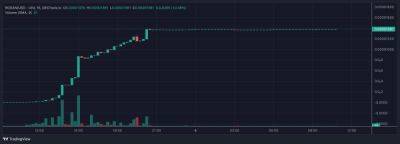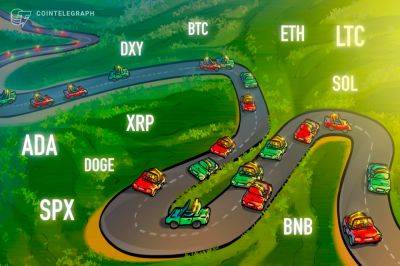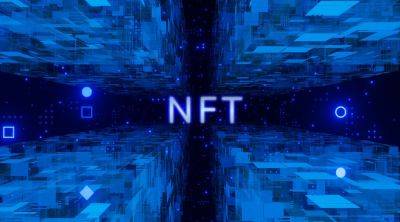Game developers’ role in elevating Web3 gaming — Breaking the stigma
Since its inception in 2017, Web3 gaming (a.k.a. blockchain gaming) has faced significant hurdles, leaving the industry at a critical crossroads — adapt or perish (as some believe). But others, including myself, are confident that the world of Web3 games is merely undergoing a much-needed transformation, having only recently shed the hype-driven mentality that marked its infancy.
To put this into context, one must remember that mobile games had similar challenges. The quality of the first games, created primarily by enthusiasts and indie studios, was noticeably poor. The infrastructure needed for developing and delivering high-quality games was absent. Fast forward to today, the global mobile gaming market has increased from $118.34 billion in 2022 to $138.63 billion in 2023, with a compound annual growth rate (CAGR) of 17.1%.
For Web3 games to reap the same rewards, game quality, sustainable economies, engagement and fun must be a top priority. Here’s a deeper look at each.
In the gaming industry, quality is a multifaceted concept comprising tangible and intangible elements — all of which contribute to the player’s overall experience. And the seven areas game developers should focus on to improve game quality are as follows:
Developers must create high-quality games with captivating gameplay, aesthetically pleasing visuals, compelling narratives, intuitive UI/UX and outstanding performance.
A sustainable economy refers to a well-balanced and self-perpetuating in-game financial system that is driven by the players’ actions, remains viable over the long term and contributes to the overall health and longevity of the game. Unfortunately, many of the early Web3 games were missing this. But here’s how developers can avoid
Read more on cointelegraph.com






















